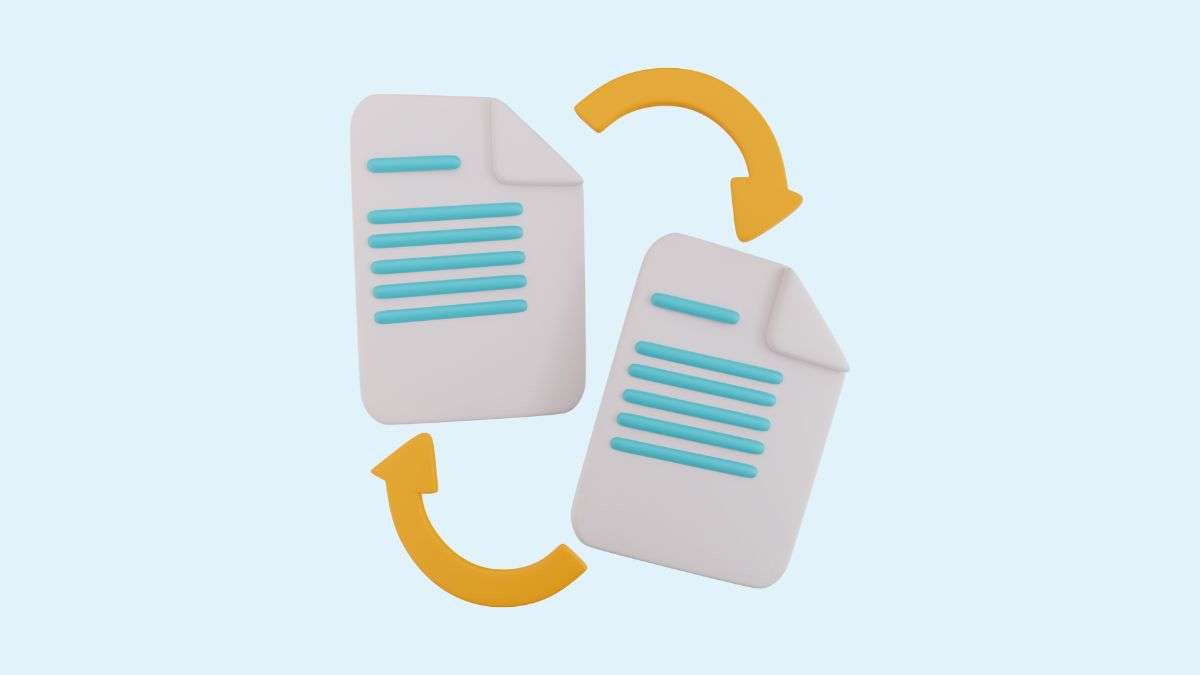Table of Contents
- Introduction
- Identifying Duplicate Submission
- Why Duplicate Submission Is Problematic
- Best Practices for Avoiding Duplicate Submission
- Conclusion
Introduction
Duplicate submission refers to authors submitting the same manuscript, or a manuscript with significant overlap in content, to more than one journal at a time. This practice is considered unethical in academic publishing because it can have negative consequences.
Duplicate submission occurs when authors submit one manuscript to multiple journals simultaneously. This includes submitting the same manuscript or a manuscript with substantial content overlap to more than one journal simultaneously. It constitutes unethical behavior because journals assume manuscript submissions are original and submitted exclusively to their journal.
Duplicate submissions can have severe repercussions for both authors and journals. For authors, it may lead to manuscript rejection, retraction of already published papers, and harm to their reputation. Journals may publish content elsewhere, wasting resources on peer review and editing. This damages a journal’s credibility and prestige.
Following ethical guidelines and best practices regarding duplicate submission is vital for upholding integrity in academic publishing. Authors should thoroughly check that their manuscript has not been submitted or published elsewhere before submission. Journals should communicate policies on duplicate submissions and screen for them during the review. Adhering to ethical publication practices maintains trust in the peer-review system.
Identifying Duplicate Submission
Recognizing what constitutes duplicate submissions in academic journals is an essential first step. This refers to authors submitting the same manuscript, or a manuscript with significant overlap in content, to more than one journal at a time. Some critical indicators of duplicate submission include the following:
Simultaneous Submissions to Multiple Journals
This is the most straightforward example of duplicate submission. Authors should avoid submitting the same manuscript to multiple journals simultaneously, as this wastes reviewers’ time and clogs up the publication process.
Submitting a Manuscript Already Published Elsewhere
Submitting a manuscript that has already been published fully in another journal constitutes duplicate submission. This includes translations of an already published work. Some exceptions for conference papers or preprints converted into full journal articles may be made.
Manuscripts with Substantial Text Overlap
Even if a manuscript is not identical, submitting content with significant text overlap (e.g.,>25%) without proper citation back to the original constitutes a duplicate submission. This includes reusing substantial portions of one’s previously published work (self-plagiarism).
Some common scenarios can unintentionally lead authors to duplicate submissions:
Lack of Communication Between Co-authors
If different co-authors submit the same research to different journals without mutual awareness, this can result in duplicate submissions.
Confusion About Prior Publication Status
Authors may not realize a conference paper or preprint has already been considered a prior “publication” that should not then be submitted to a journal.
Uncertainty Around Proper Self-citation
Authors may reuse portions of a previously published work without properly citing back to the original, constituting self-plagiarism.
While related, duplicate submission differs from self-plagiarism. Duplicate submission refers to simultaneous or sequential submission of one manuscript to multiple journals. Self-plagiarism refers to reusing substantial content from one’s prior publications without proper attribution.
Why Duplicate Submission Is Problematic
Duplicate submission in academic publishing can severely affect academic integrity and credibility. When authors submit the same manuscript to multiple journals simultaneously, it violates the principles of ethical publishing. It can also be seen as self-plagiarism, presenting the same work as new and original in different places.
Academic publishing relies on trust in research integrity and the credibility of published findings. Duplicate submission erodes that trust by circumventing the peer review process designed to uphold standards. When different journals assess the same manuscript, unaware of its multiple submissions, it undermines confidence in the rigor of academic vetting processes.
Duplicate submission also overburdens peer reviewers and editors who spend time assessing manuscripts simultaneously under consideration elsewhere. This can delay publication timelines and hamper scholarly exchange if manuscripts must be retracted later. It also skews productivity measures based on the number of publications, giving an unfair advantage to unethical authors.
There can be significant reputational damage when duplicate submissions are discovered. Authors may face bans from academic journals or other disciplinary actions. The standing of the journals publishing the duplicated content can also suffer a loss of prestige and credibility in the eyes of readers and peer publications. This erosion of trust has ripple effects across the research community.
Ultimately, duplicate submissions must be deterred to foster an ecosystem of ethical academic writing and publishing that advances scholarship with integrity. The consequences of disregarding best practices around transparency and self-plagiarism are too high for the individuals involved and the broader research enterprise.
Best Practices for Avoiding Duplicate Submission
Duplicate submission is a serious issue that can damage academic integrity and credibility. However, there are strategies authors can employ to avoid accidental or intentional duplicate submissions. The key is being thorough, transparent, and communicating clearly with journals.
Conduct Comprehensive Literature Reviews
Before submitting any manuscript, conduct an exhaustive literature review on your topic. Search multiple databases using varied keywords and ensure you have full context on prior publications. Maintain detailed records of sources consulted to cross-reference submissions later easily.
Use Citation Management Tools
Tools like EndNote, Mendeley, and Zotero help organize sources and identify duplication issues. Tag sources, export libraries with submissions, and double-check for overlap before submitting. This supports transparency with editors.
Disclose Prior Submissions
Always inform editors of manuscripts containing related content previously published or under review elsewhere. Provide copies and highlight overlapping aspects. Being upfront allows editors to evaluate submissions fairly regarding duplication.
Understand Journal Guidelines
Carefully review journal policies on duplicate submissions, self-plagiarism, and prior publication. These differ across journals, so tailor submissions accordingly. When unsure, communicate with editors beforehand to avoid unintentional policy violations.
Maintain Open Communication
Keep all involved parties aware of a manuscript’s status throughout the submission and review process. Promptly notify editors of withdrawals, revisions with other journals or new conflicts preventing further review. Transparency is key.
Conclusion
In summary, duplicate submission is a serious issue that undermines academic integrity and can have significant consequences. As discussed, it involves authors submitting the same manuscript to multiple journals without proper transparency or permission. This poses challenges to peer review, scholarly communication, and research dissemination.
Authors must make concerted efforts to avoid duplicate submissions to maintain credibility and uphold ethical standards. Strategies include thoroughly reviewing the literature, properly citing previous work, communicating with editors, and closely following journal guidelines. With diligence and care, authors can take responsibility for ethical publishing practices.
Key Takeaways on Duplicate Submission
The key takeaways include:
- Duplicate submission misrepresents originality and wastes reviewers’ time and effort
- It can lead to retractions, damaged reputations, and even misconduct investigations
- Authors should reference their past work appropriately and disclose submissions to editors
- Following journal guidelines and communicating transparently prevents issues
Encouraging Ethical Conduct in Publishing
As a research community, we must foster a culture of integrity and responsibility. Authors should prioritize sound methodology, diligent literature reviews, and unambiguous attribution of sources. Journals should provide clear policies and responsive communication. Reviewers should evaluate submissions fairly and identify issues. And readers should consider context before passing judgment.

We can uphold credibility and trust in academic publishing with a collective commitment to ethical behavior.
Next Steps and Resources
For authors seeking more guidance, many resources exist on publication ethics and best practices:
- The Committee of Publication Ethics (COPE)’s website outlines codes of conduct and offers learning modules
- The World Association of Medical Editors (WAME) provides extensive education on ethical medical publishing
- University librarians can offer workshops on literature reviews and citation tools
- Journal websites detail specific policies and submission procedures to follow
By leveraging these resources and making conscious efforts, authors can lead the way in responsible research reporting. Delicate submissions can be avoided with diligence and care to maintain integrity across academic publishing.
